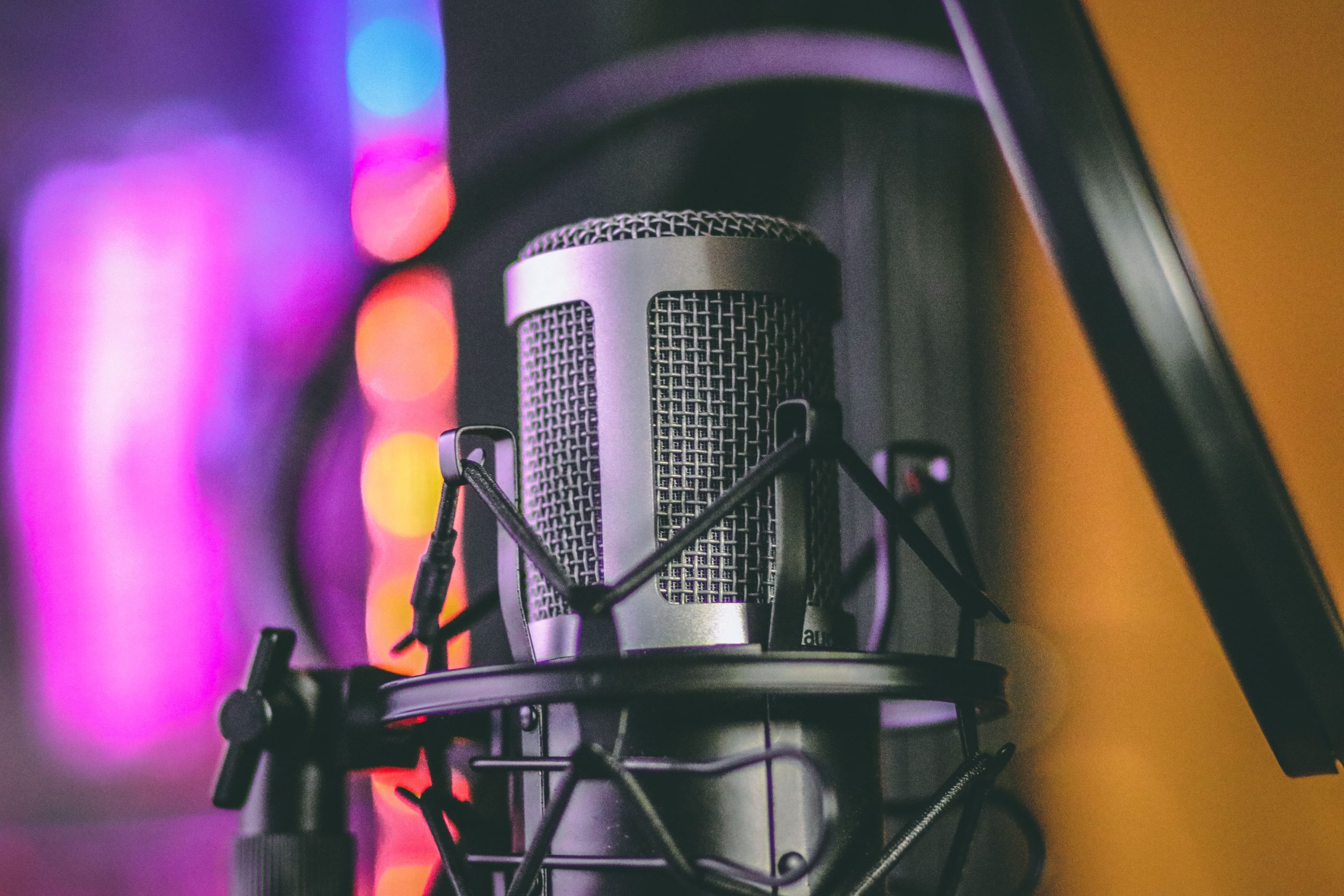
So you want to start to record your own music, but you don’t know where to start with what microphones to get?
Here are some questions to ask yourself before you begin looking for different models available.
What is the main purpose or for what instrument will you be looking to use it? Are you a multi-instrumentalist – playing multiple instruments and mixing in your vocals? Acoustic drums for example are complex instruments and would require multiple different microphones. Check out our full guide on recording drums here.
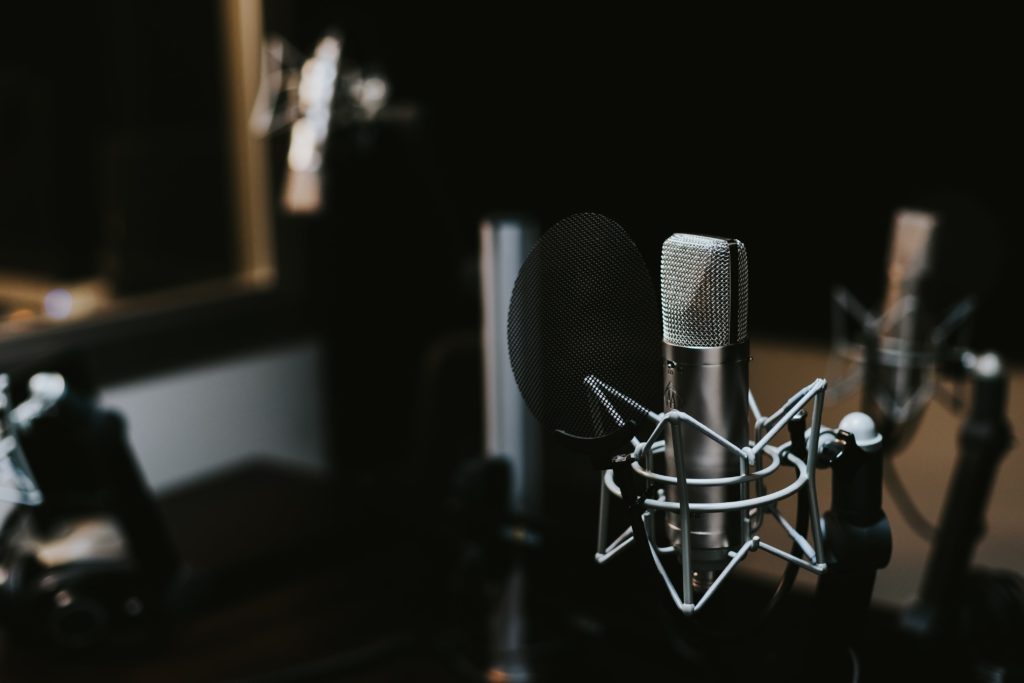
High frequency instruments like acoustic guitars, cymbals and acoustic piano would need condenser mics. As for your low-mid frequency instrument it would be best if you use a dynamic mic.
All microphones have a standard frequency range of 20Hz – 20000Hz. We will show you the frequency response of mics that you would use for a low frequency sound like a kick or a bass guitar. Sennheiser MD421 and AKG D112 have different sound signatures. D112 is great for bass guitars as it has a boost on the low end from 50hz to 200hz. Using it for vocals can cause it to sound muddy as it lacks clarity on the high end.
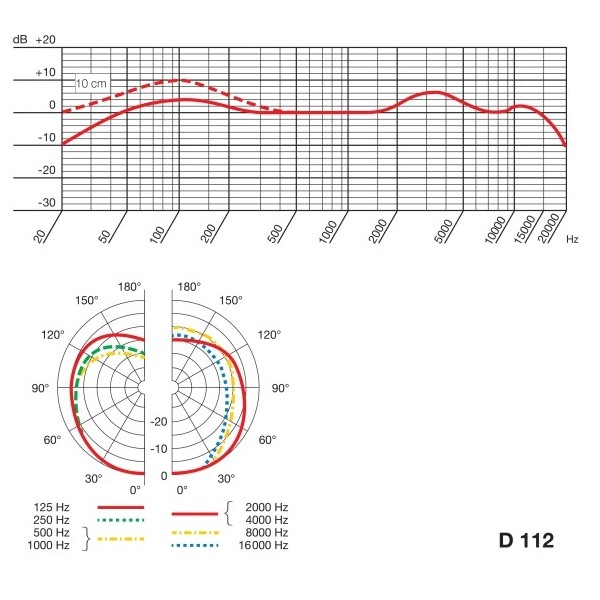
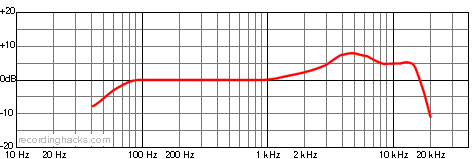
On the other hand you would use the Shure SM57 or Sennheiser MD421 to mic Guitar amps as it gives a boost on the high frequency to achieve clarity and attack/punch. If you are choosing microphones – frequency matters because it is how you gauge the mic’s sound signature and their frequency response.
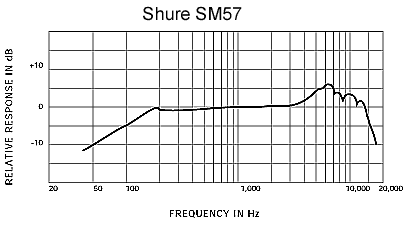
Looking at frequency response graphs from the brand of the microphone should help gauge the user what to use it for.
Yes, microphone sensitivity is important! In a musician’s term some mics are “hot” or “loud” when others are not. Audio engineers or mixers will have to adjust the “gain” of the microphone depending on its right recording level.
Direction of the microphones can also affect its sensitivity. The main three directions: cardroid, super cardioid and hypercardioid. Cardioid microphone have a heart shaped polar pattern, it rejects sounds coming from a 180-degree field.
A healthy vocal recording level is about -18db(decibels), different microphones will have different gain but as long as you aim for the right level it should be fine.
There are 3 main types of microphones: Dynamic, condenser and ribbon. In this section we will go through the advantages and disadvantages of each, as well as how they should be used in the studio.
Advantages:
-highly rugged and durable
-less expensive than other types of microphones
-no phantom power required
Disadvantages:
-not as sensitive as condenser microphones
Best used for: electric guitars(miking up an amp), drums, live sound (live concert, gig)

Dynamic microphones are the most versatile and commonly found type of microphone, and can be used in a variety of different recording environments. Most dynamic microphones feature a cardioid pickup pattern, meaning that they capture sound waves that are in front of them.
Dynamic microphones are durable and rugged, so they can withstand being tossed around and dropped without getting damaged. They can also handle high sound levels without a problem, unlike condenser microphones. They also do not require phantom power, making them compatible with a wider range of devices. If you can only get one mic, a dynamic is the way to go.
Our recommendation: Shure SM57 Dynamic Instrument Microphone
The SM57 is a legendary dynamic microphone that can be found both in recording studios and in a live sound aspect. Besides being incredibly affordable, it is also one of the most versatile mics out there, and can be used for everything from snare drums to electric guitars. The SM57 sounds so good that artists like Bon Iver and Sufjan Stevens have recorded entire albums on just a single one of these. If you’ve only got the cash for one microphone, the SM57 is it.
Advantages:
-High level of detail
-Sensitivity
Disadvantages:
-It’s fragile, requires a better storage and handling
-Doesn’t work well with loud noise
Best used for: Vocals, acoustic instruments, drum overheads
Condenser microphones are highly sensitive as they require phantom power (12v-48v) to polarise the plates and run the preamps inside them. Because of their sensitivity, condenser mics are most commonly used in studio settings where sound and acoustics can be tightly controlled. Condensers will pick up sounds that other microphones cannot, allowing for more detailed recordings.
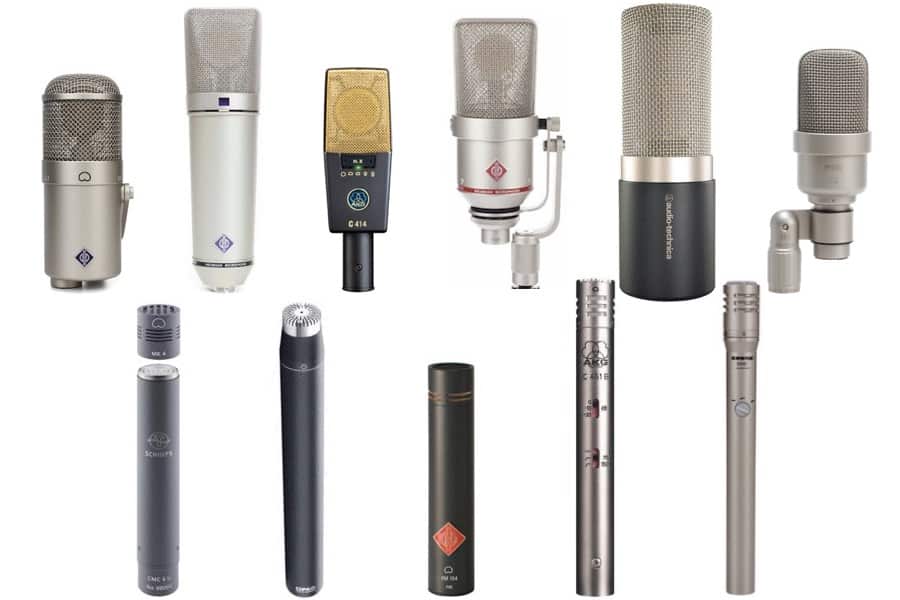
Unfortunately, condenser microphones are fragile unlike the dynamic microphones, so you need to be careful when handling them. Additionally, condenser microphones require phantom power, so you will need to invest in an audio interface that can provide this functionality. Finally, condenser mics have a tendency to distort at high volumes, making them less suited to recording loud instruments (Unless you gain it correctly at the right decibel level).
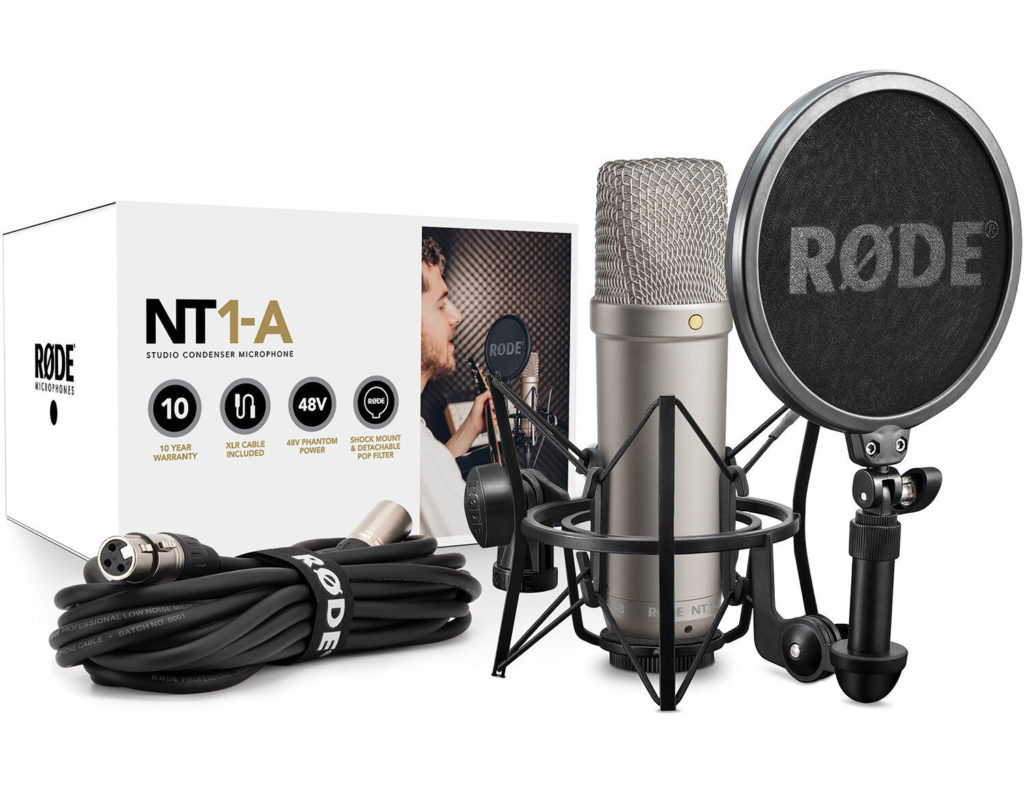
Our recommendation: Rode NT1-A
The Rode NT1-A is a great condenser mic that offers studio-grade sound at an affordable reasonable price point. Described by Rode as one of the world’s quietest studio condenser mics, it has virtually no background hiss like you’ll find on other condenser microphones at this price point. It even comes with a pop filter and shock mount, which means you won’t have to spend additional money on accessories.
Advantages:
-Warm sound signature
-Highly sensitive and captures a lot of detail
-Bidirectional polar pattern makes them useful for specific recording situations
Disadvantages:
-Very fragile
-Expensive
-Not suited for those looking for a flat frequency response
Best used for: Piano, drum overheads, acoustic instruments
Out of the three different microphone types, ribbon microphones are the most expensive and fragile. Because of this, they are generally much less popular than dynamic and condenser mics. Ribbon microphones are bidirectional and will pick up sounds coming from both the front and the back, while isolating noise from the sides. They are also the most sensitive type of microphone available, and are best used on acoustic instruments and strings. Ribbon mics produce a darker sound signature that can add a lot of warmth to your recordings.
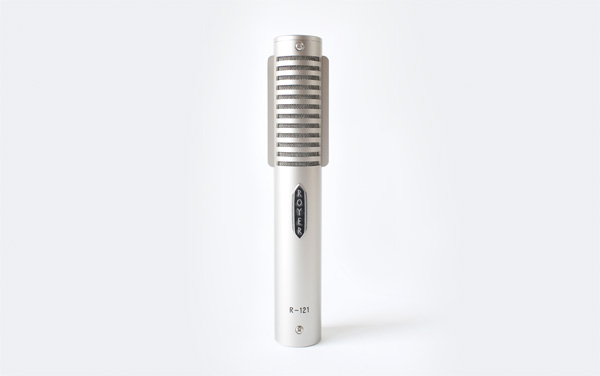
Our recommendation: Royer R-121 Studio Ribbon Microphone
The Royer R-121 is one of the most well-known ribbon microphones on the market. While being quite pricey. The R-121 is highly versatile and will provide amazing sound quality in a wide variety of applications, including electric guitars, drums, string instruments and more.
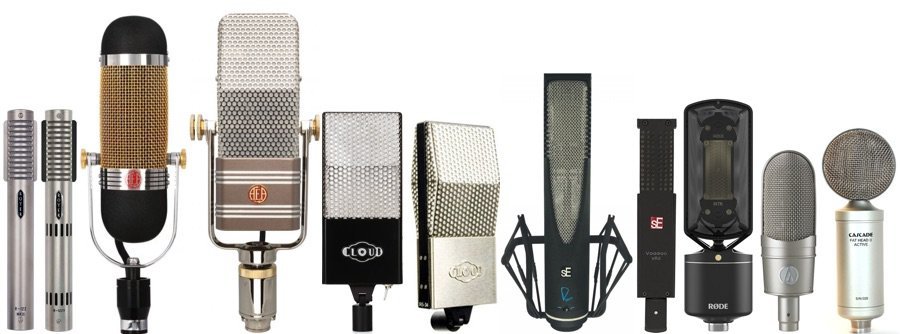
Out of the three different microphone types, ribbon microphones are the most expensive and fragile. Because of this, they are generally much less popular than dynamic and condenser mics. Ribbon microphones are bidirectional and will pick up sounds coming from both the front and the back, while isolating noise from the sides. They are also the most sensitive type of microphone available, and are best used on acoustic instruments and strings. Ribbon mics produce a darker sound signature that can add a lot of warmth to your recordings.
Output Impedance is usually measure by ohms – and typical microphones measures as 200
Ohms. This allows for long cable runs without sound degradation. Electric guitars have high impedance which only allows the cable to run 30 ft.
If you are just purchasing a studio microphone it won’t really matter that much – you’ll be fine with 200 Ohms.
Soundbrenner is a company dedicated to help musicians stay focused on what truly matters: their music. By creating innovative devices, like Soundbrenner Pulse and Core, we hope to assist musicians achieve their full potential. Click here to find out more.
Got a question about the Soundbrenner wearables? Reach out to us at [email protected], we’re happy to help!